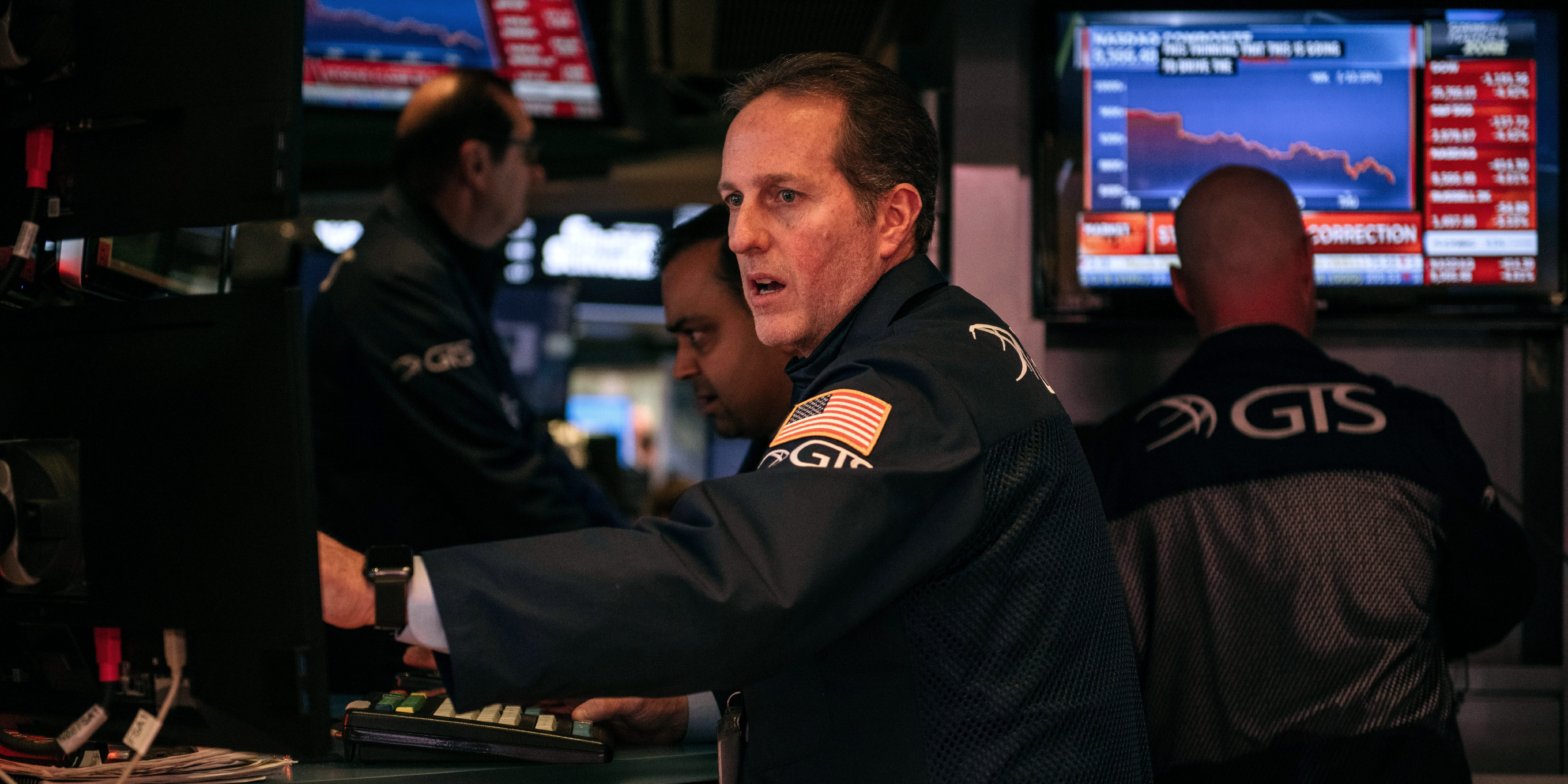The stock market’s October low likely represented the bottom of the bear market, according to Fundstrat.That’s because 50% of bear markets since 1950 have bottomed in the month of October.”Is it really far-fetched to think markets bottomed [on] October 12? History would suggest it makes sense,” Fundstrat said. Loading Something is loading.
Thanks for signing up!
Access your favorite topics in a personalized feed while you’re on the go.
As the stock market continues to rally in the face of worrying news, it is appearing more likely that the lows of the current bear market are in.
That’s according to Fundstrat research analyst Matt Cerminaro, who highlighted this week that the stock market typically finds its bottom in the month of October.
Recall that the S&P 500 saw its cycle low of 3,491 on October 12, as investors worried about elevated inflation and aggressive interest rate hikes from the Federal Reserve. And that bottom in mid-October makes complete sense, according to Cerminaro.
“Since 1950, we have had twelve bear markets. In six out of twelve, markets bottomed in October. So is it really far-fetched to think markets bottomed [on] October 12, 2022? History would suggest it makes sense,” Cerminaro said.
@mattcerminaro The second most popular month for the stock market to bottom during a bear market is March, which happened twice since 1950. March includes perhaps the most famous bear market bottom of March 9, 2009, in the throes of the Great Financial Crisis.
Also boding well for the idea that the market has already bottomed and is likely to push higher is the fact that stocks has seen back-to-back quarterly gains, according to Fundstrat.
“Over past 50 years, two consecutive quarters never seen in a ‘bear market,” Fundstrat’s Tom Lee said in a Friday note. Lee highlighted that the S&P 500 gained about 7% in the fourth quarter of 2022, and is on track to gain more than 5% in the first quarter of 2023.
But just because the stock market may have hit its cycle low, that doesn’t mean new highs are right around the corner.
It has been 310 trading days since the S&P 500 hit a new all-time high. That’s the highest daily count since the Great Financial Crisis, but history suggests there could be a lot longer to go.
After the S&P 500 hit a record high in late 2017, it took 1,368 trading days for the stock market to register a new high in 2013, according to data from AllStarChart’s Grant Hawkridge. And prior to that, it took 1,799 trading days for the stock market to hit a new high after the dot-com peak of 2000.
The S&P 500 would need to surge 18% from current levels to hit a new all-time high record.
@granthawkridge
